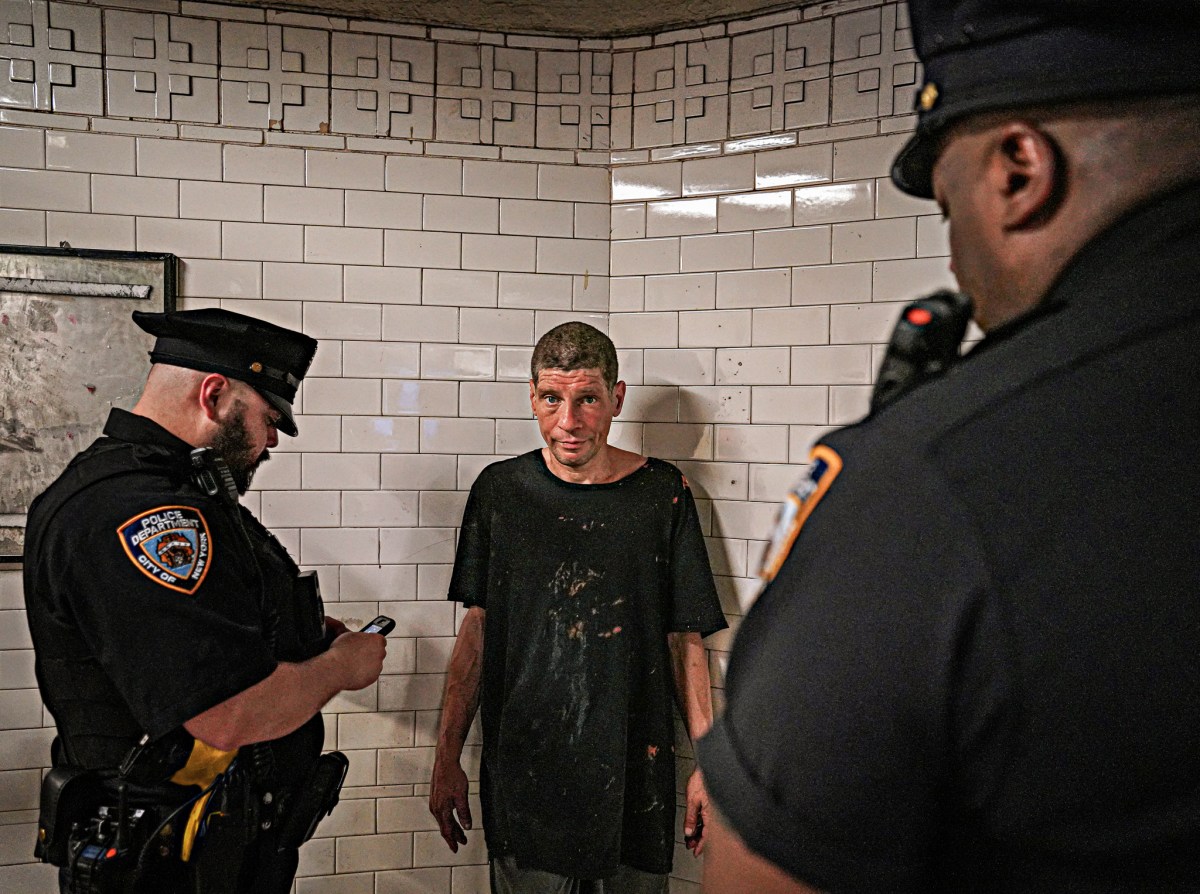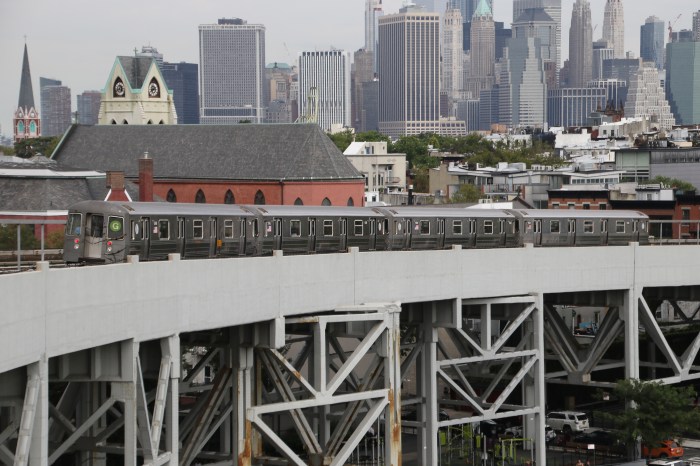The city is again planning to build a bus lane along Brooklyn’s Flatbush Avenue, aiming to speed up commutes on the primary thoroughfare crossing the borough.
The Department of Transportation (DOT) last month presented a proposal to Brooklyn’s Community Boards 2 and 8 that would transform the thoroughfare, one of the longest and most congested in the city, and speed up some of the city’s most laggard buses.
The Adams administration first proposed the bus lane back in 2022 and won the support of key elected officials along the corridor. But until now it has largely languished in the political stew along with many other bus lane projects.
“By redesigning Flatbush Avenue, we can speed up bus service to improve the lives of nearly 70,000 daily bus riders currently stuck on one of the most congested corridors in Brooklyn — while also enhancing pedestrian safety,” said DOT Press Secretary Vin Barone in a statement.
The first phase of the proposal is focused on the portion of Flatbush Avenue between Downtown Brooklyn and Prospect Park — the most congested section of the 9.9-mile thoroughfare.
About 69,000 people travel the northern part of the corridor on six different bus lines; those riders find themselves on a heavily congested roadway littered with double-parked cars and trucks, leaving buses traveling at less than 4 miles per hour on average in Downtown Brooklyn.
DOT has not finalized its proposal for the bus lane, but has three proposed lane types to choose from: lanes running directly alongside the curb, lanes running in the center lanes of the roadway, or offset lanes with parking between the bus lane and the sidewalk.
The agency is conducting an analysis of traffic volumes along the stretch and how a potential bus lane would impact traffic on Flatbush Avenue and on side streets. The DOT is set to present analysis reports to Community Boards and other interested parties this fall, after which designs will be refined before an expected implementation of the lane in spring or summer 2025.
“We are considering center-running bus lanes and other options, and look forward to continued public outreach, design refinement, and completing our traffic analysis in consultation with the community,” said Barone. “This process will help inform the best way to make Flatbush Avenue work best for all New Yorkers using the corridor.”
The DOT, however, has not committed to building bus lanes on Flatbush below Grand Army Plaza, noting instead that it intends to “study bus priority treatments in other sections of the corridor in future phases.”
The lone bus traveling along the full length of Flatbush Avenue, the B41, carries 28,000 riders per day but last month puttered along at just 6.5 miles per hour on average, according to MTA statistics.
A bus lane on Flatbush Avenue would arguably be one of the Adams administration’s signature transportation achievements. It would come after two straight years where the administration has failed to construct statutorily required miles of new bus lanes.
The administration was supposed to have built 50 miles of new bus lanes in the past two years, per the 2019 Streets Master Plan law, but has only built 9.6 miles, less than 20% of the requirement.
“Flatbush Avenue riders have been promised faster buses for decades but service has only gotten slower,” said Danny Pearlstein, policy director at the Riders Alliance. “Now it’s time for the mayor to deliver the priority bus riders deserve along the spine of Brooklyn.”
This story first appeared on Brooklyn Paper’s sister site amNewYork Metro.






















